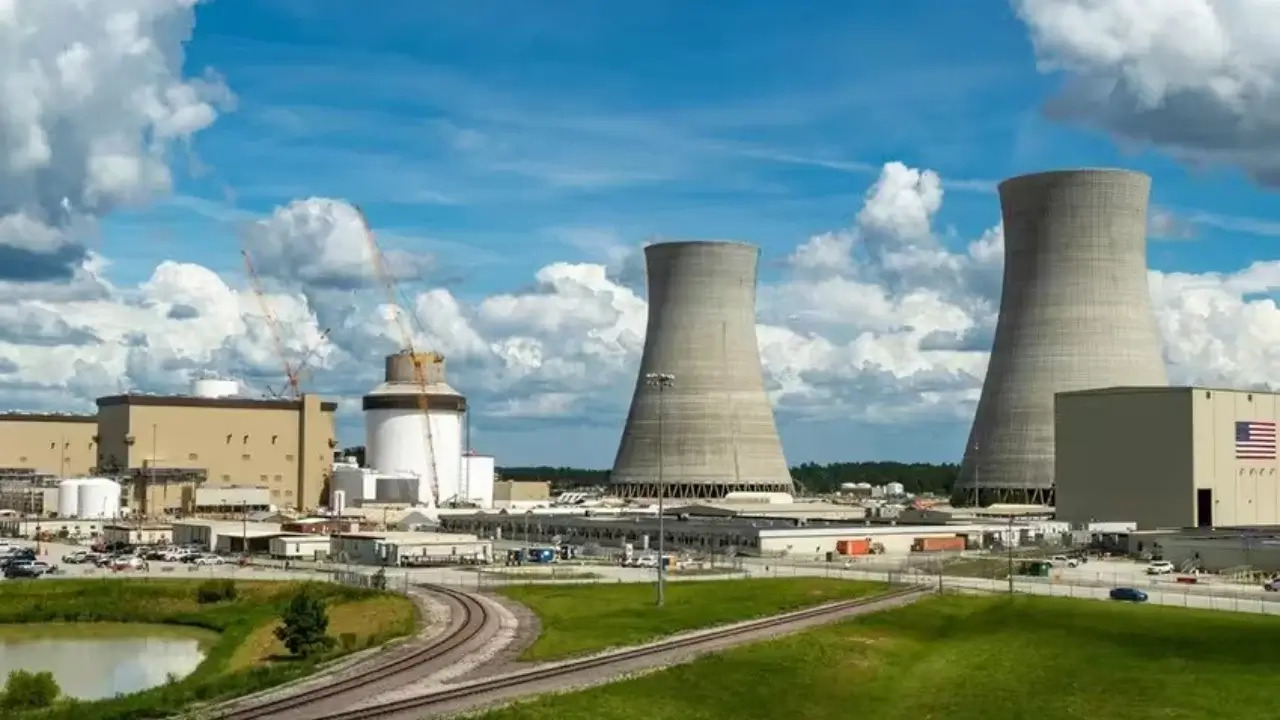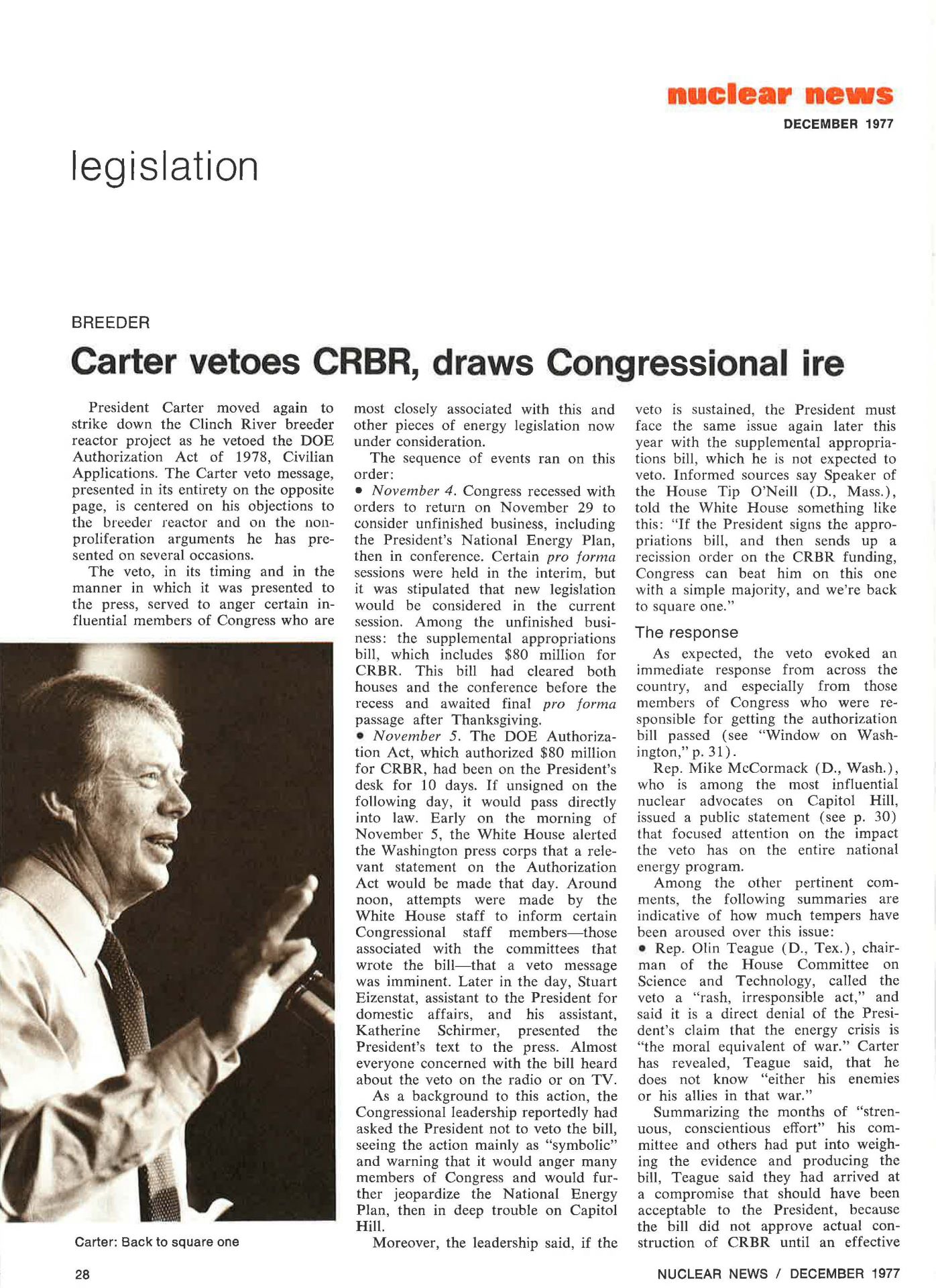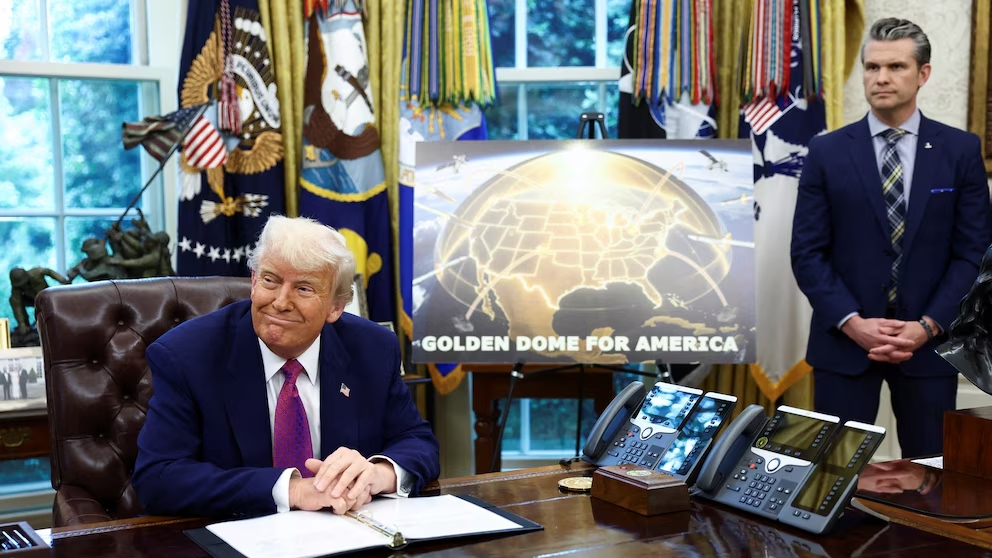America sees itself as a global leader. So one might hope that it would take the lead in ratifying the Comprehensive Test Ban Treaty ending nuclear testing and promise “no first use” of nuclear weapons in armed conflicts. But Trump does not seem to headed in that direction.

According to the executive orders by U.S. President Donald Trump on May 23, the U.S. will complete the construction of at least 10 new nuclear reactors by 2030.
Most of America’s national nuclear laboratories were shuttered because of President Jimmy Carter’s policy of limiting the development of nuclear energy to prevent nuclear proliferation in 1977, combined with the Three Mile Island nuclear accident in 1979 and the Nuclear Regulatory Commission’s onerous environmental requirements and uncertain regulatory timelines to license new reactors.
As a result, the U.S. nuclear fuel cycle infrastructure has severely atrophied. Nuclear power plants provide approximately 19 percent of the electricity generated in the country today, leaving it heavily dependent on foreign sources of raw uranium, uranium enrichment and conversion services. President Donald Trump has decided to reinvigorate America’s nuclear industrial base and expedite the production and operation of nuclear power plants.

Nuclear resurgence?
On May 23, Trump signed five executive orders intended to unleash a nuclear renaissance. They included reforms to the Nuclear Regulatory Commission, an initiative to reinvigorate the nuclear industrial base, reforms to nuclear reactor testing at the Department of Energy, deploying advanced nuclear reactor technologies for national security and restoring “gold standard” science. These executive orders allow for reactor design testing at DOE labs while removing regulatory barriers and aim to rebuild public trust in the national science enterprise.
To reinvigorate the U.S. nuclear industrial base and expedite the expansion of nuclear energy, the Trump administration plans to do the following:
• Modernize nuclear regulation to reduce America’s dependence on foreign technologies, decrease regulatory barriers and support the domestic nuclear industry;
• Realign NRC culture and personnel to rapidly promote nuclear power while ensuring reactor safety;
• Reestablish the U.S. as a global leader in nuclear energy;
• Jump-start America’s nuclear energy industrial base and ensure national and economic security by increasing fuel availability and production;
• Secure civil nuclear supply chains;
• Improve the efficiency with which advanced nuclear reactors are licensed;
• Prepare the American workforce to establish U.S. energy dominance and accelerate toward a more secure and independent energy future;
• Reform and streamline the National Laboratory process for reactor testing to enable qualified test reactors to be safely operational within two years following the submission of a substantially complete application;
• Foster nuclear innovation to reestablish the U.S. as a global leader in nuclear energy while securing a reliable, diversified and affordable energy supply to drive American prosperity and technological advancement;
• Unleash American energy to secure American energy independence and fuel economic growth.
• Deploy advanced nuclear technologies to support national security objectives, including powering artificial intelligence infrastructure and national security installations;
• Remove government barriers to private sector investment and deployment of advanced nuclear technologies at federal sites;
• Promote the civil U.S. nuclear industry in the development of commercial nuclear projects worldwide;
• Power and operate critical defense facilities and computing infrastructure for AI capabilities;
• Define “gold standard” science and require federal research agencies to conform their existing programs and activities to those fundamentals to rebuild public trust in the national science enterprise.
By doing all this, the Trump administration is trying to expand American nuclear energy capacity from today’s 100 GW to 400 GW by 2050. It aims to rebuild a secure and sovereign domestic nuclear fuel supply chain and pursue some 123 agreements (from 24 today) and conclude at least 44 by the close of the 120th Congress so that the U.S. nuclear industry can access new markets in partner countries.

U.S. President Donald Trump speaks about the 'Golden Dome' missile defence system in the Oval Office at the White House on May 20, 2025.
Is the world worried?
Trump in his first term increased funding for nuclear power and infrastructure to 6.4 percent of the U.S. defense budget and supported modernization of infrastructure to ensure a well-trained, ready, resilient and appropriately tailored workforce. Seeing this, the rest of the world has at least a dozen reasons to be worried about Trump 2.0’s nuclear renaissance:
• It moves the U.S. further away from a world free of nuclear weapons. President Barack Obama’s policy was to reduce the number of nuclear weapons in the U.S. nuclear arsenal and decrease the importance of nuclear weapons in the country’s national security strategy so as to build a world free of nuclear weapons gradually. The nuclear renaissance under Trump 2.0 emphasizes the critical role of nuclear weapons in national security and seeks to turn nuclear power into global energy dominance, which drifts away from a world free of such weapons.
• A U.S. nuclear renaissance will produce radioactive waste and heat pollution. Nuclear reactors produce a lot of waste whose radioactivity can take thousands of years to break down. Nuclear reactors also need large quantities of water for cooling, as heat pollution endangers local ecosystems. Additionally, a nuclear renaissance will stall investment in cleaner and better green energies, including solar, wind and hydropower.
• It increases the risk of nuclear proliferation. President Carter limited the development of nuclear energy precisely to prevent that. Obama tried in every way to deprive non-nuclear countries and terrorists of the chance to get nuclear materials for the same reason. Trump, by contrast, encourages and demands the sale of as many nuclear reactors and as much nuclear material to partner countries as possible, greatly increasing the risk of proliferation.
• It increases the risk of a nuclear accident. An explosion or meltdown of a nuclear reactor will bring immediate death, long-term health effects and the evacuation of a large population. Affected areas will remain uninhabitable, and cleanup efforts will span decades. The Three Mile Island accident in 1979, Chernobyl in 1986 and Fukushima Daiichi in 2011 are examples.
• A U.S. nuclear renaissance could give rise to a nuclear race. Trump would leverage the departments of Defense and Energy to build nuclear reactors on federally owned land to support critical national security needs. Already, the U.S. Senate in 1999 rejected ratification of the Comprehensive Nuclear Test Ban Treaty (CTBT), so the Trump administration may employ both civil and military nuclear reactors to test bombs and other devices to consolidate U.S. nuclear dominance. This could trigger a nuclear arms race in countries with parallel capabilities.
America sees itself as a world leader. So one might hope that it would take the lead in ratifying the CTBT, banning nuclear tests and promising “no first use” of nuclear weapons in armed conflicts.
